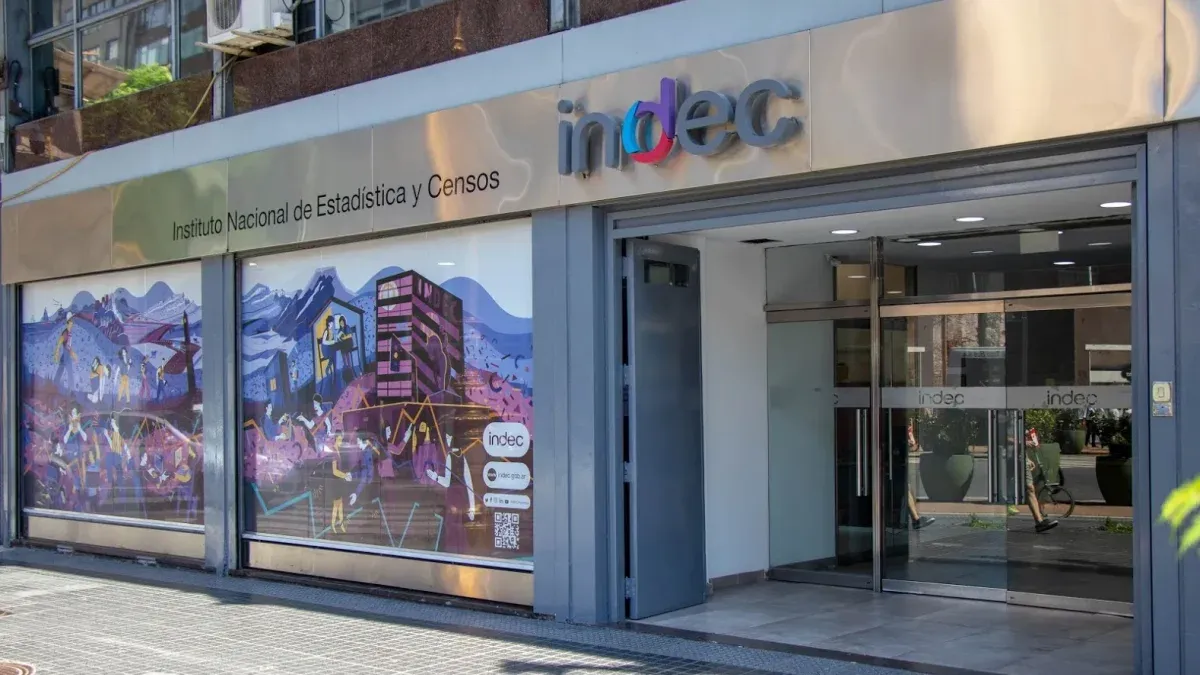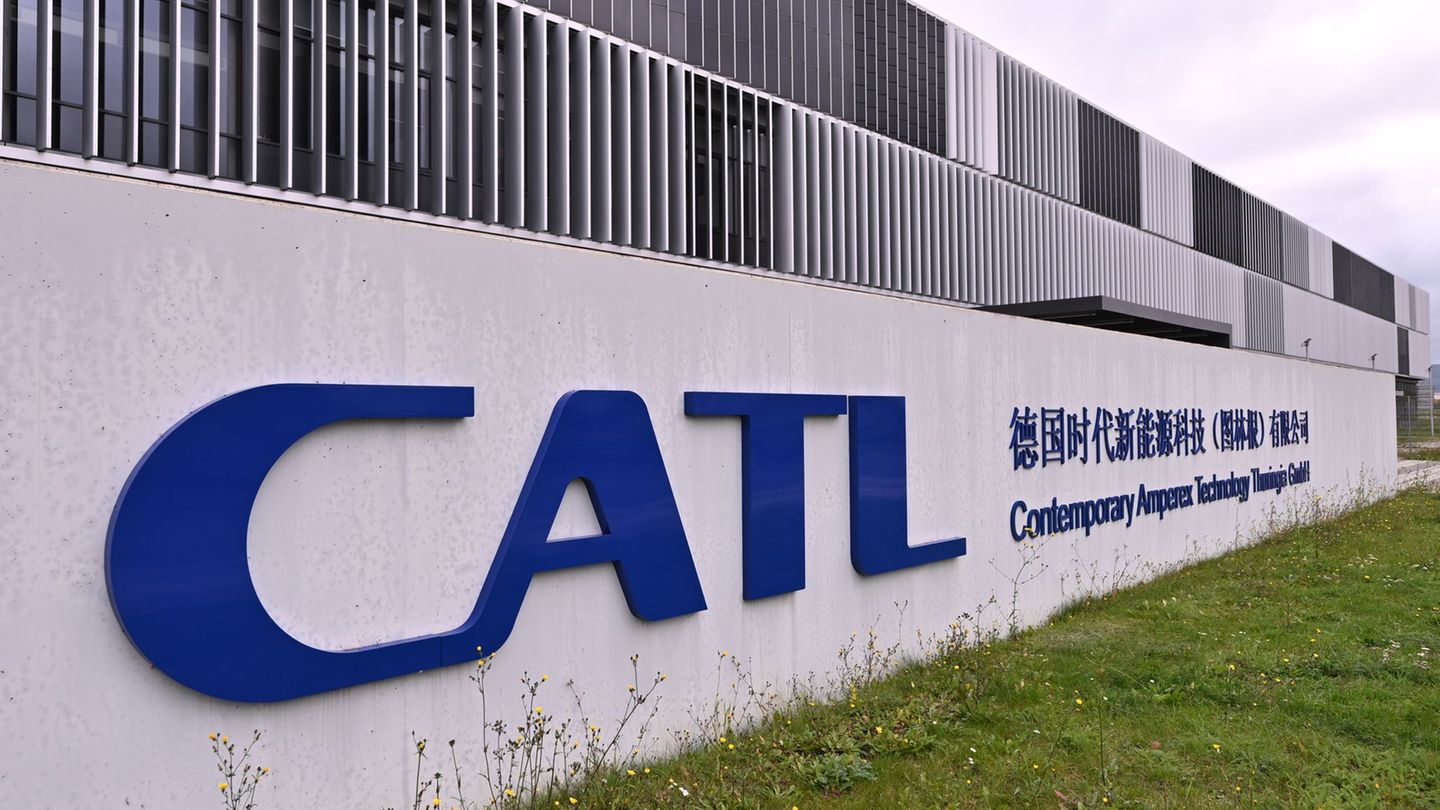With the new data of september inflationwhich marked an acceleration and exceeded the 2% threshold for the first time since April, the National Institute of Statistics and Censuses (INDEC) announced that the new CPI measurement based on the Household Expenditure Survey 2017-2018 will debut in February with data for January 2026.
“The implementation of the methodology for calculating the Consumer Price Index based on the 2017-2018 Household Income and Expenditure Survey will begin to be disseminated with the results of the variations in January 2026,” the statistical institute announced.
According to the organization that directs Marco Lavagnathe established date responds to the recommendation made by the technical team of the National Directorate of Price Statistics on the benefits that the implementation of the new CPI will bring during the first month of the calendar yearamong which compliance with international standards stood out, as well as helping “interpretation” and “analysis” for interannual and cumulative comparisons.
Likewise, “it allows for coherent and consistent average prices for statistical operations that require it; and ensures consistency for national accounts, by avoiding subsequent adjustments of the index when it is used as an annual deflator for the calendar year,” it was indicated.
What is the new CPI like?
The new CPI adjusts the weighting of goods and services to current consumption patterns, since it is still carried out with a 2004 scheme. Over the years, several changes were made in the consumption of Argentines, especially with the weighting of digital platforms, as well as other digital consumption such as DVDs that became obsolete..
The weighting of digital platforms in the ENGHo 2017-2018 does not even capture current digital needs, since although the platforms were already used between 2017 and 2018, after the pandemic this phenomenon accelerated.
One of the key changes will be the weighting that housing and services currently have in the CPIwhich – until now – is 9.44% at the national level, and now it would escalate to 14.5%and that in the September index it widely exceeded the average inflation (3.7% housing vs. 2.1% general).
Compared to December 2023, the cost of the total basket increased 526% based on updates to transportation, electricity, natural gas and water rates, according to the latest report from Interdisciplinary Institute of Political Economy of Buenos Aires.
ENGHo 2017-2018
For its part, the segment of food and non-alcoholic beverageswhich until now had a weighting of 26.96%with the new index it will have a valuation of the 22.7%. It should be noted that this sector is among the prices that moderated the most.
Currently, the index went from 92,000 prices to 320,000 when it was regionalized in 2011. Now, it will rise to 500,000 priceswhile the informants will climb from 16,700 to 24,000. In addition to the index change, work is also being done on the migration of surveys from paper format -We are currently working with forms where price information is collected- to digital, with which I know that a smaller margin of error is sought.
In the segment of transportthe weighting is raised from 11% to the 14.3% and it is one of the prices that the Government plans to increase because it has on its agenda to reduce subsidies. For its part, health would have a lower weight, it would go from 8.03% to the 6.4%.
CommunicationFinally, it will climb from 2.83% to the 5.2% due to the interference of the consumption of internet, platforms and telephones.
Source: Ambito




